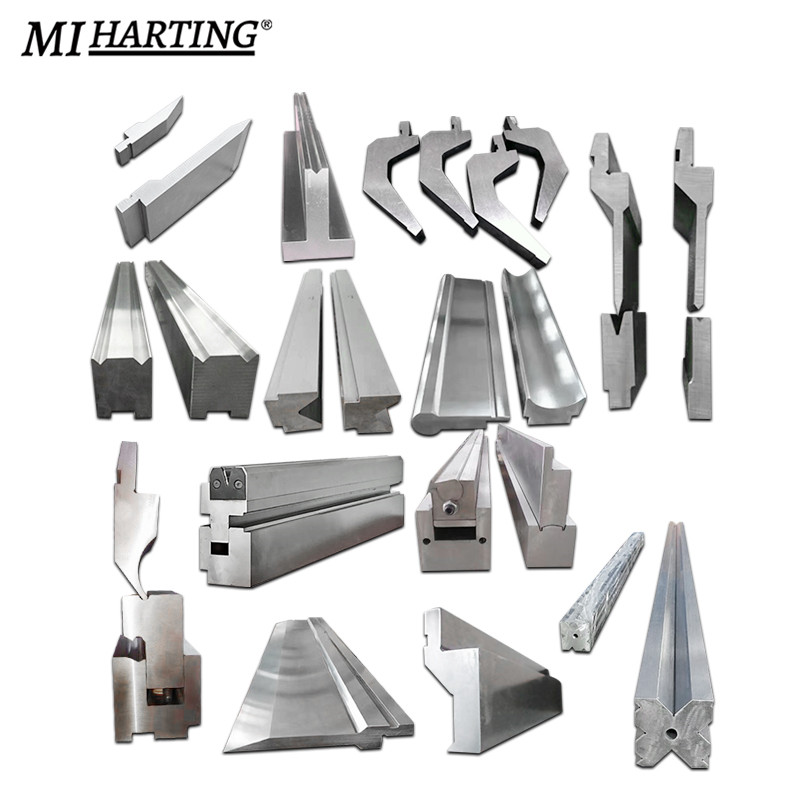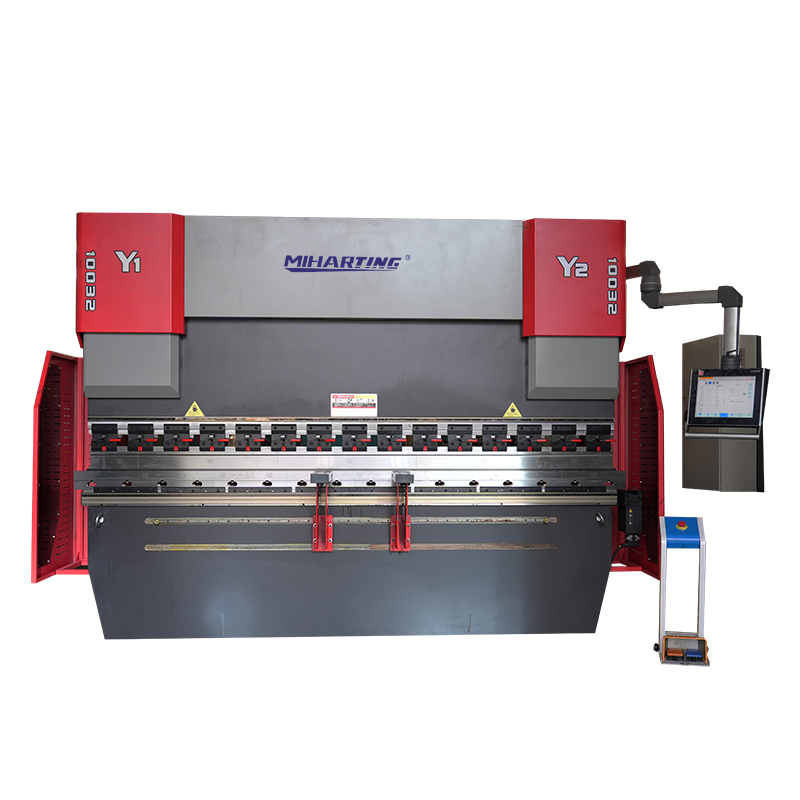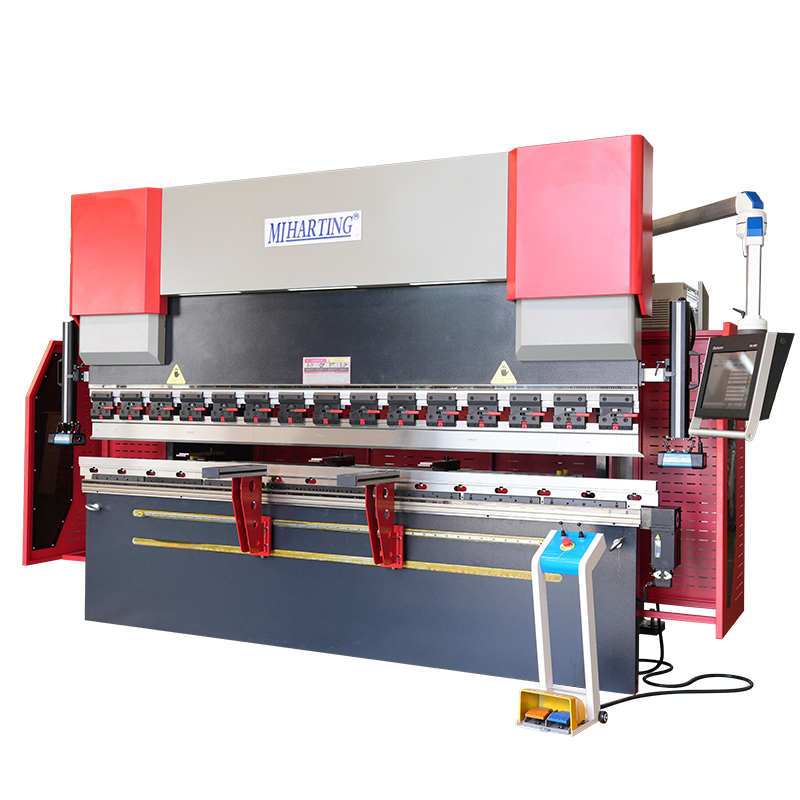PRESS BRAKE TOOLS VS. Other Machining Tools:
Press brake tools, also known as press brake dies, are specialized tools used specifically in press brake machines for bending and shaping sheet metal. They differ from other machining tools in their purpose and design. Here are some key differences between press brake tools and other machining tools:
1.Purpose:
Press brake tools are designed specifically for bending and shaping sheet metal, while other machining tools serve different purposes such as cutting, drilling, milling, or turning.
2.Shape and Design:
Press brake tools come in various shapes and profiles to create different bend angles and shapes in sheet metal. They typically consist of a punch and a die, which work together to form the desired bend. In contrast, other machining tools have different structures and cutting edges based on their specific functions.
3.Precision and Accuracy:
Press brake tools are engineered to provide precise and consistent bends in sheet metal. They allow for accurate control over the bending process, resulting in high-quality finished parts. Other machining tools may not offer the same level of precision when it comes to bending operations.
4.Compatibility:
Press brake tools are designed to be compatible with press brake machines, which have dedicated bending capabilities. Other machining tools, such as CNC milling machines or lathes, are not primarily intended for sheet metal bending but excel in other machining operations.
Overall, press brake tools are specialized tools tailored for sheet metal bending applications, offering precise control and consistent results. They play a crucial role in the metal fabrication industry, while other machining tools serve different purposes in various manufacturing processes.

Factors to Consider When Purchasing Press Brake Tools
Press brake tools are essential for metal fabrication and bending operations, and choosing the right tools is crucial for achieving precision and efficiency in your work. There are several factors to consider when purchasing press brake tools, including supplier selection and cost-effectiveness.
1. Supplier Selection:
Selecting the right press brake tools supplier is a critical step in ensuring the quality and reliability of your press brake tools. Here are some considerations when choosing a supplier:
Reputation: Look for suppliers with a solid reputation in the industry. Check for customer reviews and testimonials to gauge their reliability and product quality.
Experience: Suppliers with years of experience are more likely to offer high-quality tools and better customer support.
Product Range:Consider the variety of tools and tooling solutions the supplier offers. A comprehensive product range allows you to find tools that are tailored to your specific needs.
Customization: Some projects may require customized press brake tools. Check if the supplier can provide tailored solutions to meet your unique requirements.
2. Tool Material and Quality:
The material and quality of press brake tools significantly impact their performance and longevity. Tools are typically made from materials like tool steel, high-speed steel, or carbide. Quality tools should be:
Hardness: Tools should have the right hardness to withstand the bending forces and avoid premature wear and damage.
Precision: Precision in tool manufacturing is essential to achieve accurate bends and maintain consistent results.
3.Cost-Effectiveness:
Balancing cost-effectiveness with tool quality is crucial for any business. Consider the following when assessing the cost:
Initial Cost: Compare the upfront costs of different tools. While it may be tempting to opt for the cheapest option, consider long-term savings from durable, high-quality tools.
Maintenance and Lifespan: Evaluate how often the tools need maintenance and how long they last. High-quality tools may have a higher upfront cost but require less frequent replacement.
Productivity Impact: Assess the impact of using high-quality tools on your productivity and the quality of your finished products. Increased efficiency and fewer errors can justify higher tool costs.
In conclusion, selecting the right press brake tools involves careful consideration of the supplier, tool material and quality, and cost-effectiveness. High-quality tools may come with a higher initial cost, but they can lead to improved productivity and cost savings in the long run. Remember to choose tools that match your specific application requirements for the best results in your metal fabrication projects.






